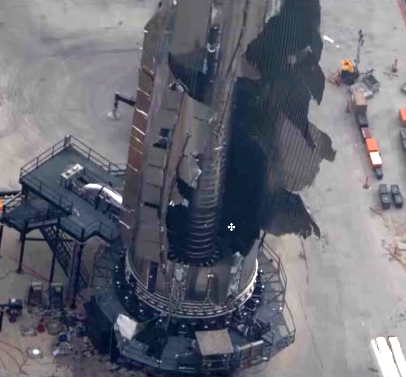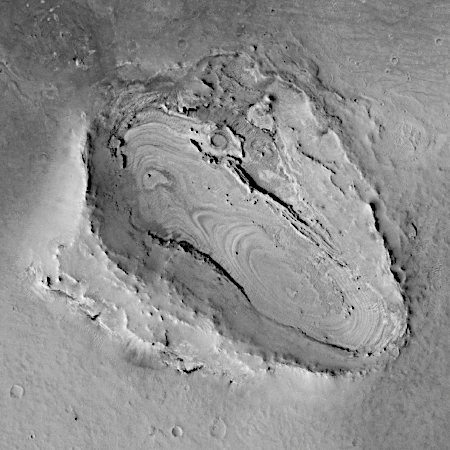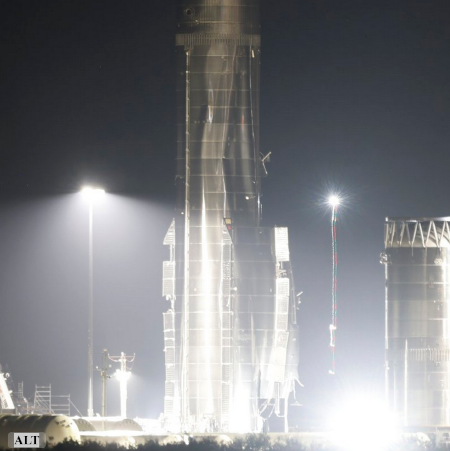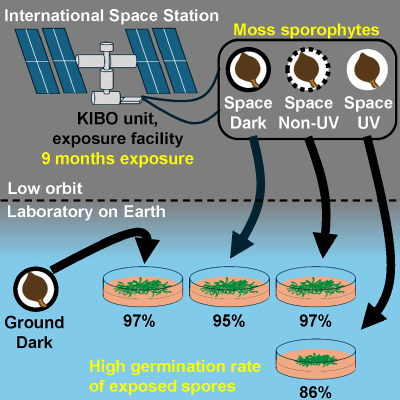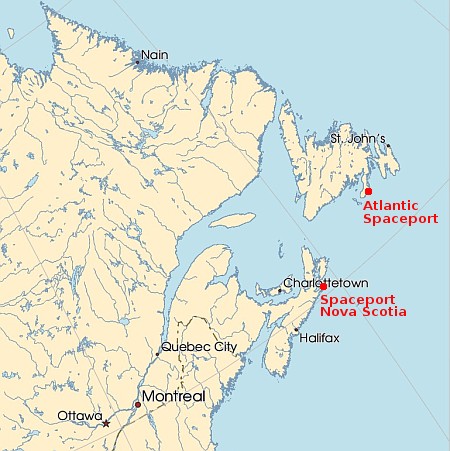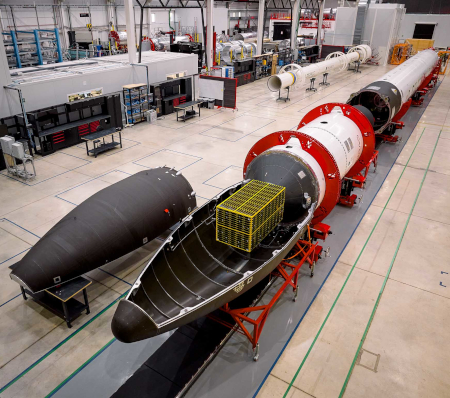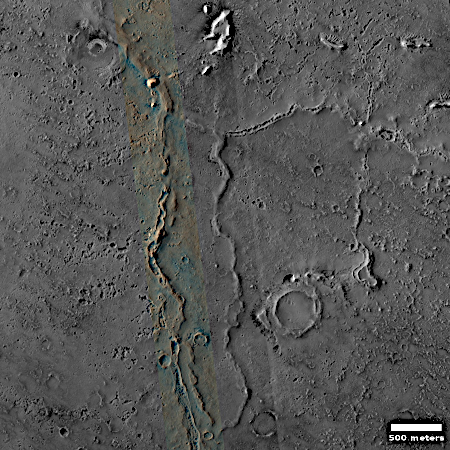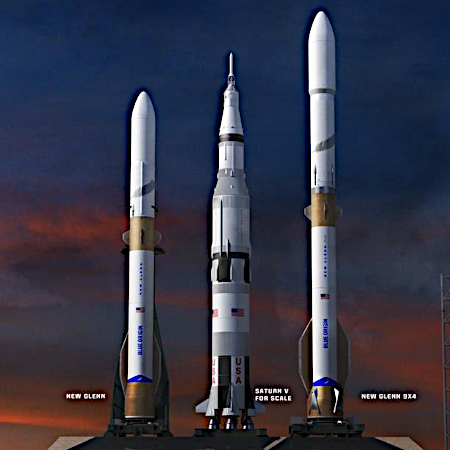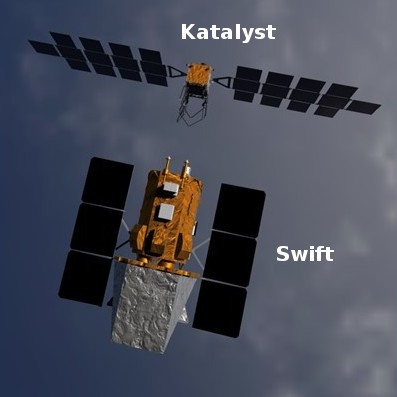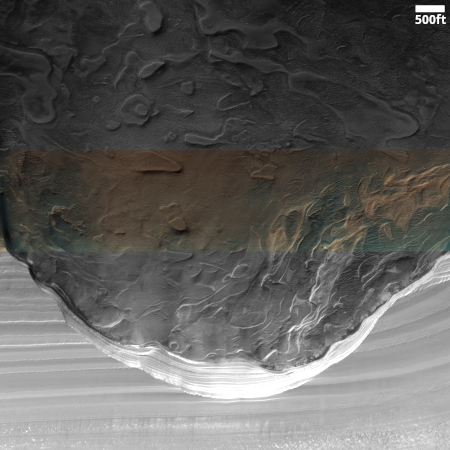Startup B2Space launches rocket from balloon
The startup B2Space has completed a test flight using a balloon to lift a solid-fueled rocket to high altitude, where the rocket was then launched.
In a 17 November update, the company announced that it had completed a test of its integrated rockoon launch system using a “rocket of lower power than that planned for the commercial version of the system.” The test was conducted from the Port of Vueltas in Valle Gran Rey in the Canary Islands. Its aim was to validate key elements of the company’s rockoon launch system, including the rocket rail alignment and ignition subsystems.
The balloon was launched at 4:00 CET and carried the small rocket to an altitude of 21.5 kilometres, at which point the rocket was launched. Speaking to European Spaceflight, B2Space CTO Valentin confirmed that the ignition system had been successful but did not share any details about the state of the rocket itself. In a 17 November update, the company confirmed that all elements of the launch system had been successfully recovered following the test.
Calling this company a startup is not quite accurate, as it has been around for almost a decade, pushing the idea of a a balloon-launched rocket, dubbed a “rockoon”. The idea itself is not new. If my memory serves me right, it had been tested intermittently in some form as early as the 1950s.
The company hopes to test a larger suborbital version in 2026, followed by an orbital test.
The startup B2Space has completed a test flight using a balloon to lift a solid-fueled rocket to high altitude, where the rocket was then launched.
In a 17 November update, the company announced that it had completed a test of its integrated rockoon launch system using a “rocket of lower power than that planned for the commercial version of the system.” The test was conducted from the Port of Vueltas in Valle Gran Rey in the Canary Islands. Its aim was to validate key elements of the company’s rockoon launch system, including the rocket rail alignment and ignition subsystems.
The balloon was launched at 4:00 CET and carried the small rocket to an altitude of 21.5 kilometres, at which point the rocket was launched. Speaking to European Spaceflight, B2Space CTO Valentin confirmed that the ignition system had been successful but did not share any details about the state of the rocket itself. In a 17 November update, the company confirmed that all elements of the launch system had been successfully recovered following the test.
Calling this company a startup is not quite accurate, as it has been around for almost a decade, pushing the idea of a a balloon-launched rocket, dubbed a “rockoon”. The idea itself is not new. If my memory serves me right, it had been tested intermittently in some form as early as the 1950s.
The company hopes to test a larger suborbital version in 2026, followed by an orbital test.

